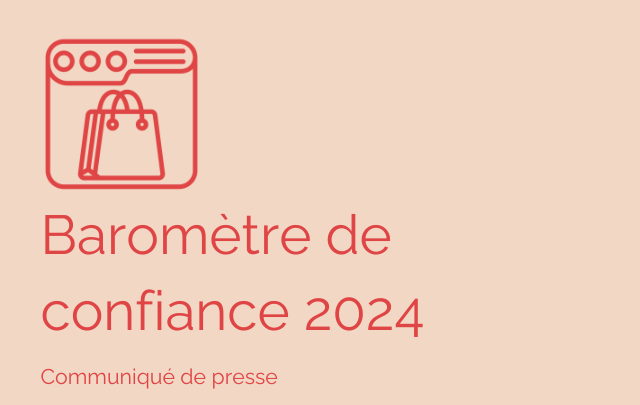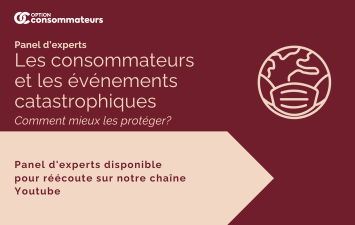

In the news this week, we learned that an American couple had been surprised to realize that their Amazon voice assistant had recorded one of their conversations without their knowledge, and then sent it to a colleague at work. As more and more connected objects find their way into North American homes, more incidents of this kind are likely to occur. By 2020, it is estimated that over 31 billion connected objects will be in circulation worldwide.
How does it work?
Thanks to a wireless Internet connection, connected objects keep us informed about the world and our health, while automating everyday tasks. They can communicate with humans, as well as with each other. In doing so, they collect, transmit and process data.
Smartwatches, surveillance cameras, voice assistants, smartphones... all these connected objects make up the "Internet of Things". A phenomenal amount of data circulates within them, and it's not always safe.
Your data accessible to many
Your connected objects collect a vast amount of data generated by you and your environment. This could be, for example, the music you listen to or the places you visit. Normally, this data is passed on to the manufacturer of the connected object, the developer of the application and the analyst who studies it, after you have given your consent.
Even though the data collected is considered personal information under Canadian law, it may be passed on to a variety of organizations, always with your consent. It is used, for example, to offer you new products that match your tastes, or to contact you.
Companies do, however, have an obligation to protect your data and to let you know what they're going to do with it.
A product that still fails
A number of players are concerned about the poor protection of personal information and privacy afforded to consumers using connected objects. Indeed, when these objects are not properly secured, they can be hacked. The data collected could end up in the wrong hands.
This has happened on several occasions. For example, in 2014, thousands of private surveillance cameras were hacked and their contents found their way onto the internet without their owners' knowledge. In 2016, hackers took advantage of the vulnerability of baby monitors to take control of them. This enabled them to chat with children, move the camera and even view previously recorded videos.
To minimize the risk of such incidents occurring in your home, it is important to adopt good practices:
- First, secure your home Internet network and make sure it uses the WPA2 security protocol.
- Then secure all your connected objects - preferably during initial configuration.
- Avoid using the same password for your home Internet network and your connected objects. If necessary, consider using a password manager.
For more information about connected objects, visit our website: https: //option-consommateurs.org/linternet-des-objets/






